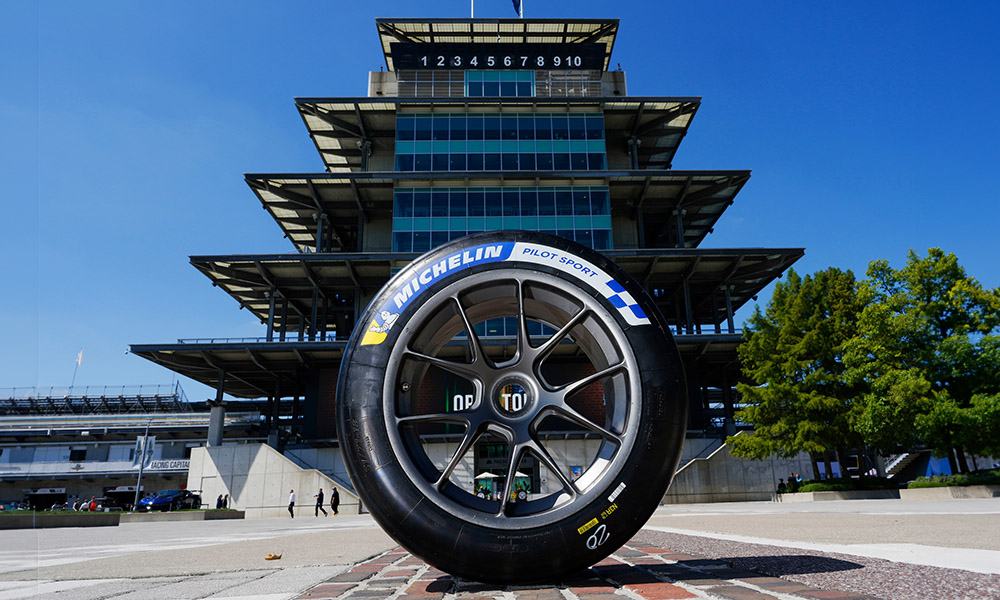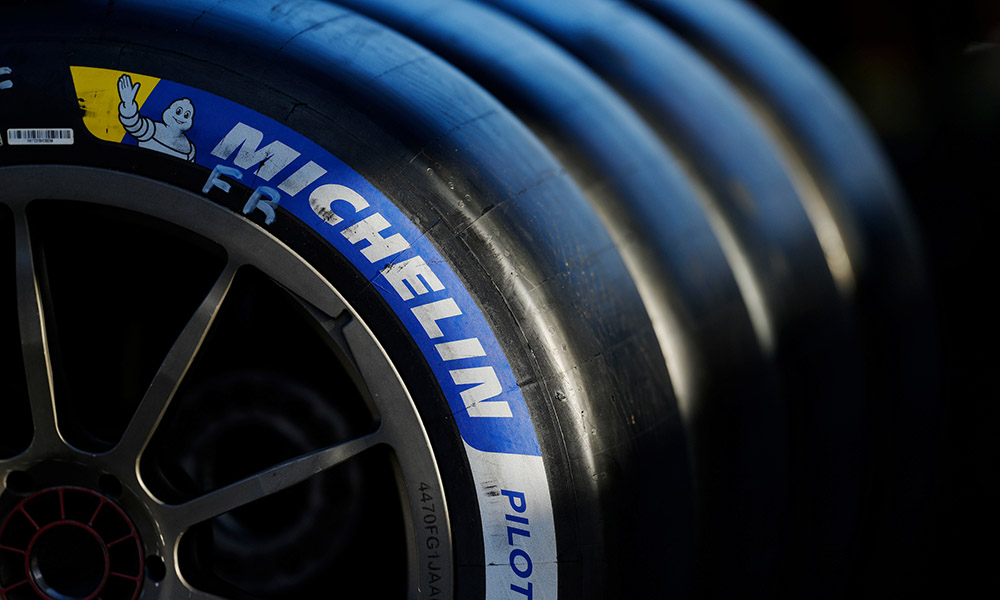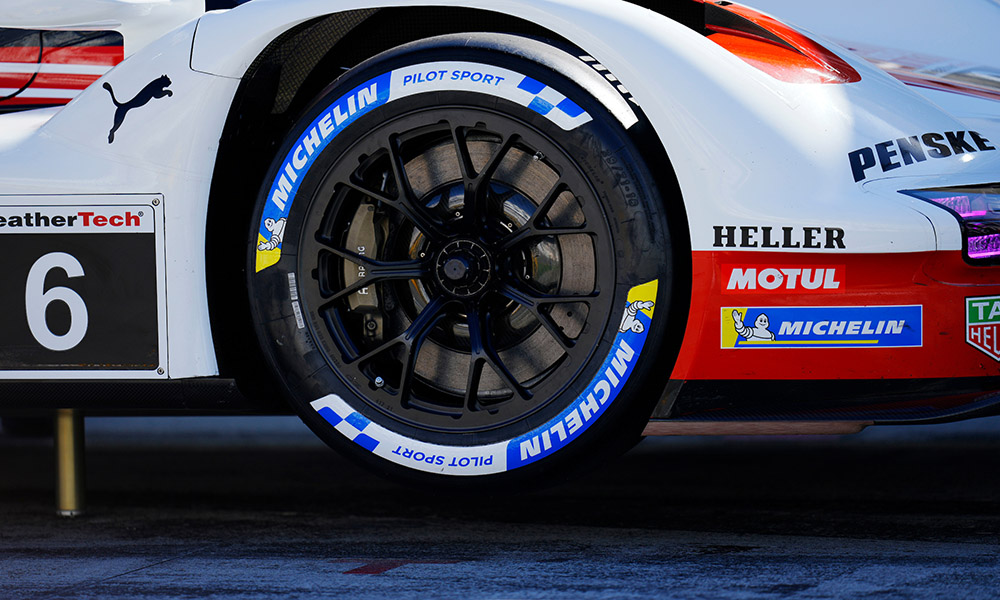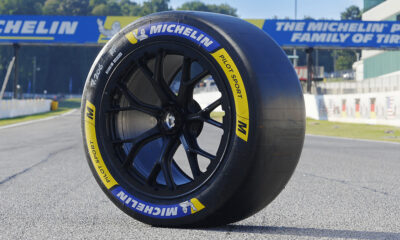
Photo: Michelin
The year was 1908. Henry Ford starts mass production of cars with the introduction of the Model T. The following year, Indianapolis Motor Speedway opens its facility, providing a proving ground that would continuously push and test automotive technology.
One-hundred and 15 years later, IMSA will arrive to Indy with 17 manufacturers and their most advanced race cars.
“We’re working with premier manufacturers from all over the world,” said Michelin IMSA WeatherTech series manager – GTP & LMP2 Hans Emmel.
“Our mission is to develop the most advanced tires that can allow these sports cars to handle the extremes of endurance racing.”

Photo: Michelin
Progression of Tire Development
The process of developing high-performing race tires for manufacturers has changed with technology over the years.
“It used to start with designing multiple iterations of a tire and then going to the track for many days and many laps,” said Emmel. “Testing different variations of a tire to find whatever desired combination of performance characteristics.”
That data would then be used to create a new tire iteration, followed by another test at the track. The process would be repeated two or three times while using up a lot of resources.
Now the process has changed dramatically. Tires can be tested with teams through car models and driver-in-the-loop simulators.
“We’re able to make a tire in the first go that’s very close or even hits a lot of the targets that we’re after,” said Emmel. “We still physically have to test tires on the track, but we certainly reduce the number of resources required to reach the end target.”

Photo: Michelin
Focused on Materials
On top of reducing the number of resources in developing tires, Michelin is concentrating on the materials going into the tires.
Michelin has set ambitious goals to integrate 40 percent renewable and recycled materials within all tires as of 2030, and 100 percent renewable and recycled materials in its tires by 2050.
“We use motorsports as a laboratory to develop tires with more renewable and recycled materials without compromising on performance,” said Emmel. “Then we can use these breakthroughs in our consumer products.”
At Le Mans this past June, Michelin unveiled a competition tire made up of 71 percent percent renewable and recycled materials including natural rubber, recycled carbon black, recycled steel, orange and lemon peel, sunflower oil and pine resin.
The Michelin Pilot Sport tire used in GTP currently has more than 30 percent renewable and recycled materials.
“The standard remains and will remain to provide racing tires that are well rounded,” said Emmel. “The fact we can do this while reducing consumption and tire allocations is a win for sustainability.”



























